What Is Ductility Test of Bitumen?
Important Point
The ductility test on bitumen is one of the main tests you need to do when building the road. It helps determine the ductility value of bitumen. We know that the ductility of a material is the ability of that material to undergo plastic deformation (permanent deformation) before the rupture of that material.
The ductility of a bituminous material is measured by the distance in cm that it elongates before breaking when a standard briquette sample of the material is separated at a specified speed and temperature.
Bitumen ductility measurement test and its suitability for road construction
Understanding what is ductility of bitumen is crucial. Bitumen ductility is expressed as the distance in centimeters by which a standard bitumen briquette can be stretched before the line breaks, this test should be performed at 27 oC and traction should be applied at a rate of 50 mm per minute.
The minimum width of the cross-section of the mold must be 10 mm x 10 mm.
Also, read: Quality Testing of Sand for Concrete | Quality Testing of Sand for Construction | Type of Sand Test
Ductility Bitumen Test
The ductility test of bitumen procedure is crucial. The bitumen ductility test is used to measure the following:
- The ductility of a given bitumen sample is measured
- The suitability of the bitumen for use in road construction is measured.
- Ductility of bitumen is the distance by which it extends in cm before breaking when kept in standard briquettes under standard conditions.
- The standard temperature of 25oC must be maintained. The 100 mm x 100 mm cross-section in the mold is prepared at a specified temperature, the excess bitumen is removed and the chips are hooked after zeroing the pointer.
- The sample is pulled at 50 mm per minute until rupture. The distance to the breaking point in cm is the ductility value that depends on the temperature, briquette size, traction rate.
- Ductility values can vary from 5 to 100 cm. A minimum value of 5 cm is required for bitumen grade 45 and above.
Also, read: What Is DLC (Dry Lean Concrete) | Advantge of DLC (Dry Lean Concrete )
Bitumen Ductility Testing Equipment
Essentially, the following equipment is needed:
- Briquettes of Standard Dimensions.
- Traction devices with distance measurement display.
- Water bath arrangement.
Ductility Bitumen Test Procedure
The bitumen sample is heated to bring it to a liquid state and poured into the set of briquettes and placed on a brass plate.
- All equipment, including bitumen briquette and brass plate, is air-cooled.
- A hot knife is used to cut excess bitumen and the surface is also leveled with the help of a hot knife.
- The whole set is now kept in a bath maintained at 27 oC for about 85 to 95 minutes.
- The mold side has been removed, the clamps hooked on the machine and the pointer set to zero or the initial reading noted.
- The clips are now separated horizontally at a rate of 50 mm per minute and the distance to the point where the line breaks are observed. This distance in cms gives the bitumen ductility value.
- The ductility of the bitumen can vary from 5 to more than 100 for different degrees of bitumen, but, for satisfactory performance, it should not be less than 50.
- The ductility of the bitumen depends on the casting temperature, briquette dimensions, test temperature, tensile rate, etc.
Also, read: What Is Granolithic Floors | Construction Method | Advantages аnd Disadvantage
Ductility of the Suitability of Bitumen for Road Construction
Understanding the significance of ductility test of bitumen is essential. For the purpose of flexible pavement design, it is necessary for the binders to form a thin ductile film around the aggregates in order to improve the physical interlocking of the aggregates.
It is important to consider that the binder material with insufficient ductility breaks when subjected to repeated traffic loads and provides a permeable surface of the pavement.
In cold weather, bitumen with a low ductility value can crack.
How to Test Ductility Bitumen?
- For many decades, different ductility methods, including the ductility test of bitumen pdf references, have proven to be a reliable indicator of the rheological characteristics of bitumen and bituminous binders at medium temperatures.
- The basic principle of the test is that a bitumen sample is prepared in special molds between two clips. The sample is then separated horizontally at a uniform speed and at a specified temperature in a long water bath.
- Ductility is used as a performance-based specification criterion for bitumen in product specification standards.
Also, read: M30 Grade of Concrete Mix Design Procedure with OPC 53 Cement
Typical Specifications for Standardized Materials That Require a Ductility Test Are:
- Bitumen for paving
- Degree of hard paving and industrial bitumen
- Polymer modified bitumen (PMB)
- Oxidized bitumen
- Asphalt rubber paste
- Chemically modified asphalt cement
- Modified asphalt paste from Lake Trinidad
- Emulsified asphalt
- Bituminous cationic emulsion
- Cut and cast bituminous binders
These ductility tests are carried out in the bitumen refineries laboratory, modified bitumen mixing plants, control laboratories for road construction companies, technical universities (asphalt technology), plants for wall and roof insulation materials, government control and independent road control laboratories.
Also, read: What Is Spalling Concrete | Causes of Spalling in Concrete | Repairing Concrete Spalding
Three Different Methods of Ductility Testing Are Used in Practice.
Stretching Test
The bitumen is cast in a brass mold. The briquette is then separated in a water bath at a set temperature until it breaks.
The breaking distance indicates the cohesion and general tensile properties of the material. The maximum traction length for highly cohesive material is up to 150 cm.
Standardized tests acc. according to ASTM D 113, DIN 52 013, JIS K 2207 and AASHTO T51 are almost identical. The main test conditions are a traction speed of 5 cm/min and a temperature of 25 ° C in the water bath.
Also, read: Why Is Polymer Mortar/Concrete | Type of Polymer Mortar/Concrete
Elastic Recovery Test
Elastic recovery is measured by the recoverable deformation determined after a specified time after cutting an elongated briquette sample.
The sample is pulled to a specified distance and cut with scissors in the middle. After a fixed period of recovery time, the reduction in distance from the total distance is measured.
The test is useful to confirm that a component has been added to the bitumen to provide a significant elastomeric characteristic.
To determine the particular properties of polymer-modified bitumen (PMB), the elastic recovery method proved to be more convenient than the elongation test.
Typical test conditions are a traction speed of 5 cm/min and a temperature of 25 ° C in the water bath.
Test conditions acc. according to ASTM D6084, specify a traction distance of 10 cm and a recovery time of 60 min.
Test conditions acc. according to EN 13 398, specify a traction distance of 20 cm and a recovery time of 30 min.
Also, read: Concrete Mix Ratio | What Is Concrete Mix Ratio | Type of Concrete Mix Ratio
Ductility Strength Test
The tensile properties are measured based on the executed force and the sample tension until the briquette breaks or a specified tension is reached.
Deformation energy is another significant feature of cohesive power, especially for polymer-modified bitumen.
The energy is determined from the records of the traction curves, calculating the area under the curve.
Typical is the area between 20 and 40 cm in traction length. The related standards are EN 13589, EN 13703 and AASHTO T300.
Typical conditions are a test pull speed of 5 cm/min and a temperature of 4 ° C. according to the AASHTO – US standard and 5 ° C second. for EN standard tests.
Ductility Test
The ductility test measures asphalt binder ductility by stretching a standard-sized briquette of asphalt binder to its breaking point.
The stretched distance in centimetres at breaking is then reported as ductility. Ductility samples.
Ductility of Bitumen
The ductility of bituminous material is the distance in centimetres to which it will elongate before breaking when a briquette specimen of the materials is pulled at a specified speed and at a specified temperature. Cut off excess bitumen by means of hot straight edged putty knife level full.
What Is Ductility Value of Bitumen?
The ductility value of bitumen usually varies from 5 to over 100 cm’s and several standards have specified minimum ductility values for various pavement types. However a ductility value of 100 cm’s is specified generally for bituminous construction.
Why Ductility Test of Bitumen Is Done?
The ductility test of bitumen sample is one of the important tests of bitumen to be conducted before road construction. Ductility measures the adhesive property of the bitumen too along with its elasticity.
What Is Ductility Test?
Ductility measures a specimen’s ability to undergo plastic deformation prior to breaking. Results are often expressed as the percent elongation, or the percent of area reduction. In simple terms it is a measurement of how far a sample stretches before it breaks.
How Ductility Is Measured?
Ductility can be measured by the amount of permanent deformation indicated by the stress-strain curve. Three methods have been reported to measure ductility. These include: (i) percentage elongation after fracture, (ii) reduction in the area of the fractured region, and (iii) the cold bend test.
Why Is Bitumen Used for Roads?
The by product is refined to maximum to get rid of organic materials and impurities. The bitumen has a highly adhesive nature, which keeps the materials in the road mix bind together under strong bonds.
Like this post? Share it with your friends!
Suggested Read-
- bitumen tar
- Plate Load Test
- Bitumen Asphalt
- What is Plum Concrete | Application | Mix Design | Methodology
- What Is Honeycomb In Concrete | Cause | Cure | Type of Grouting
- What Is Cover in Concrete | Clear Cover in Beams, Slab, Column, Footing
- What Is Workability of Concrete | Factors Affecting Workability | Test |Errors
- Concreting in Construction | Classification | Properties | Grades | Advantage & Disadvantage | Quality Control
Originally posted 2023-08-11 16:09:33.
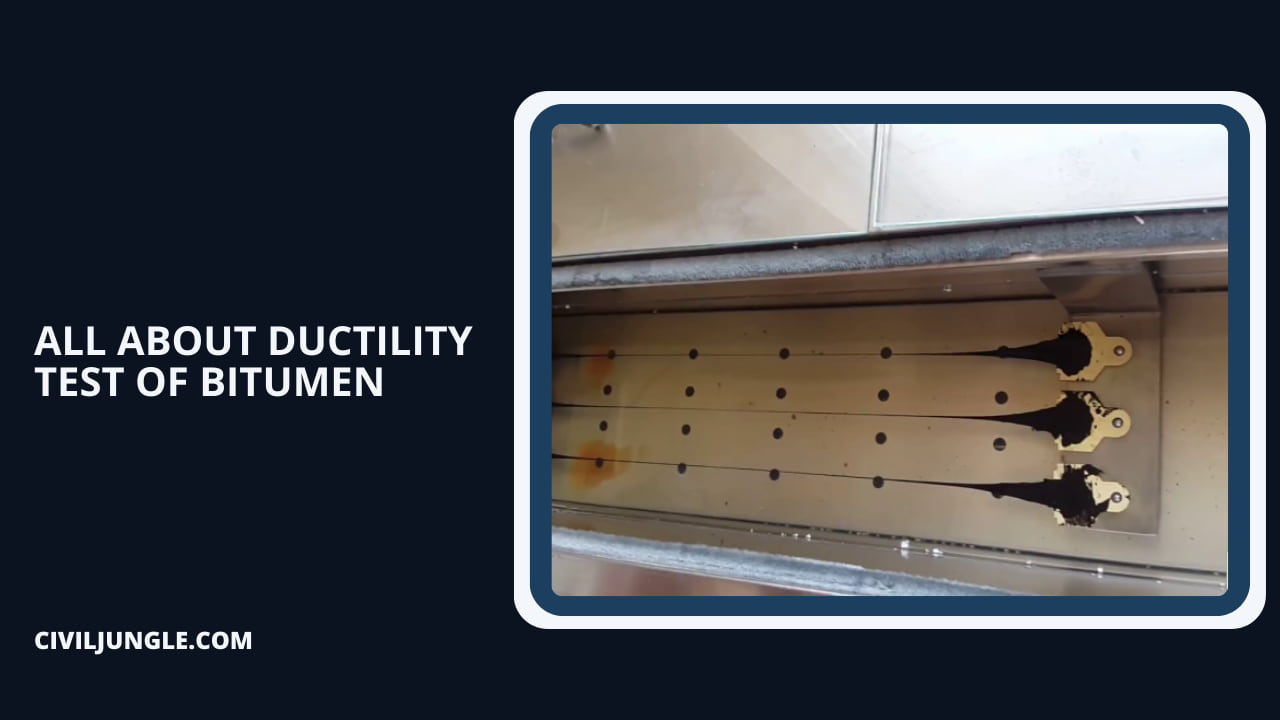
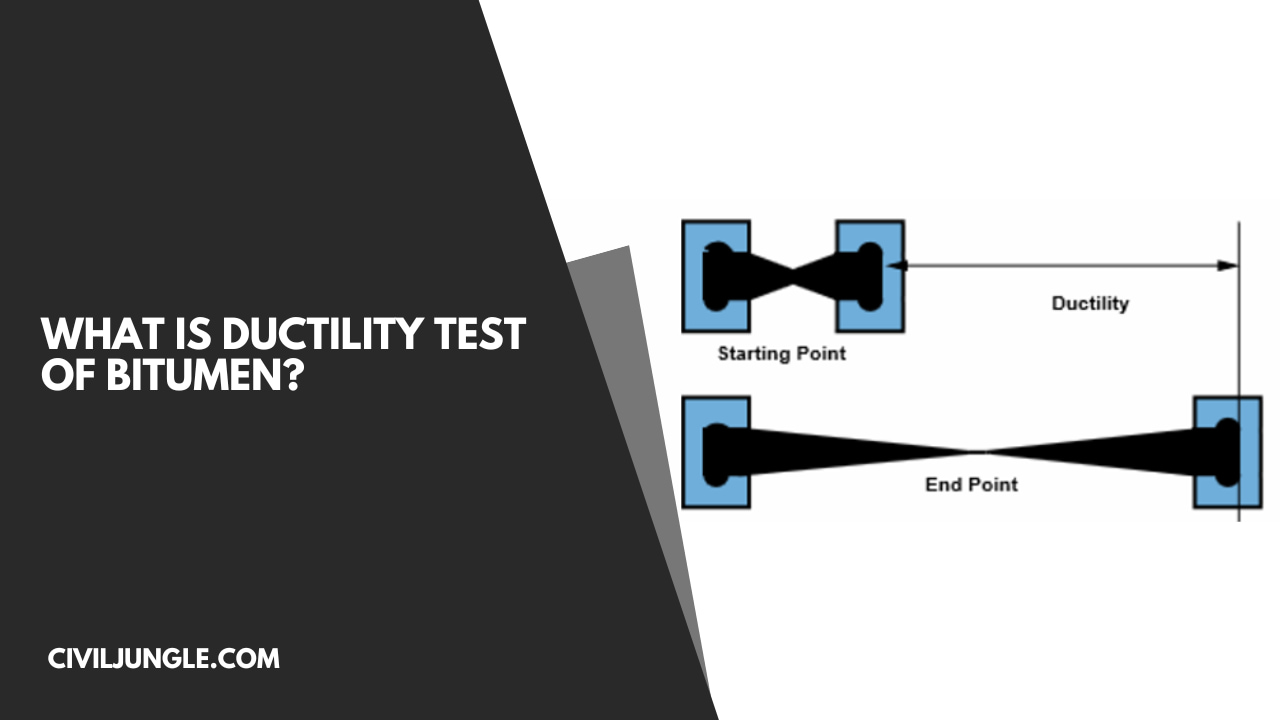
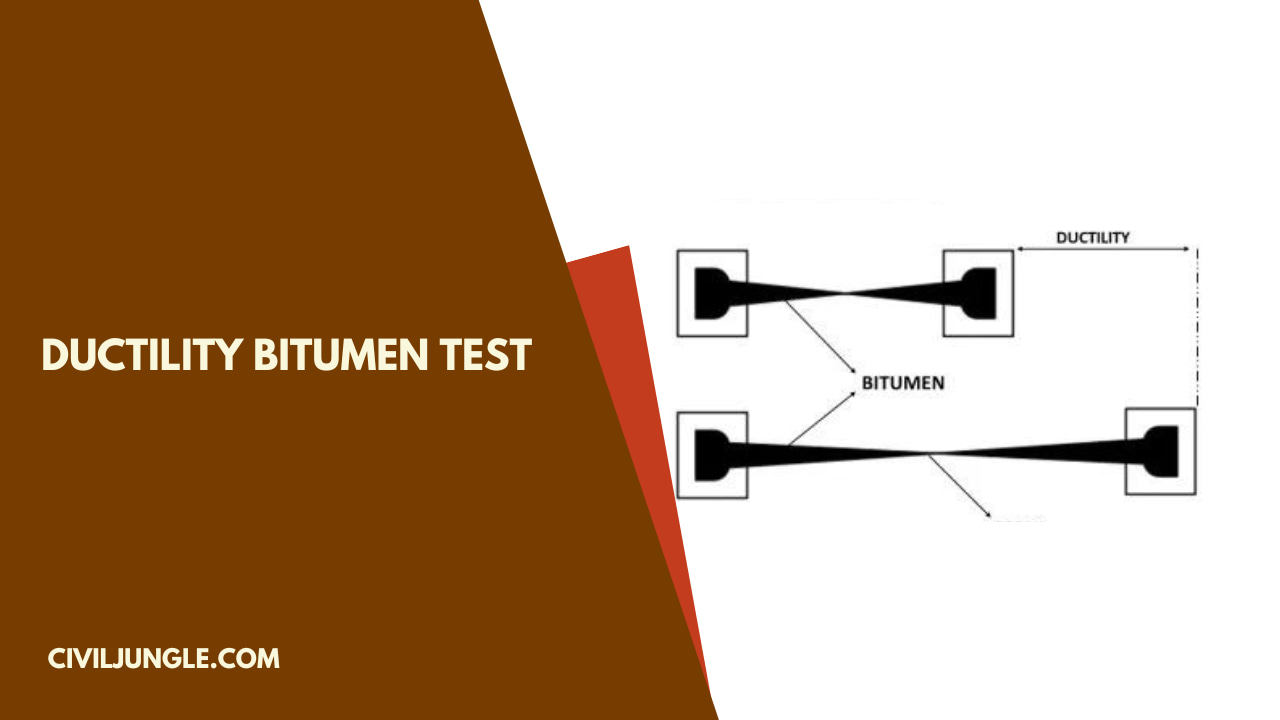

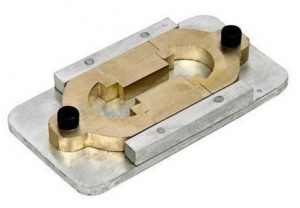
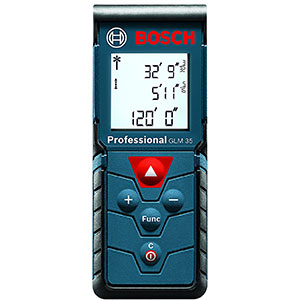

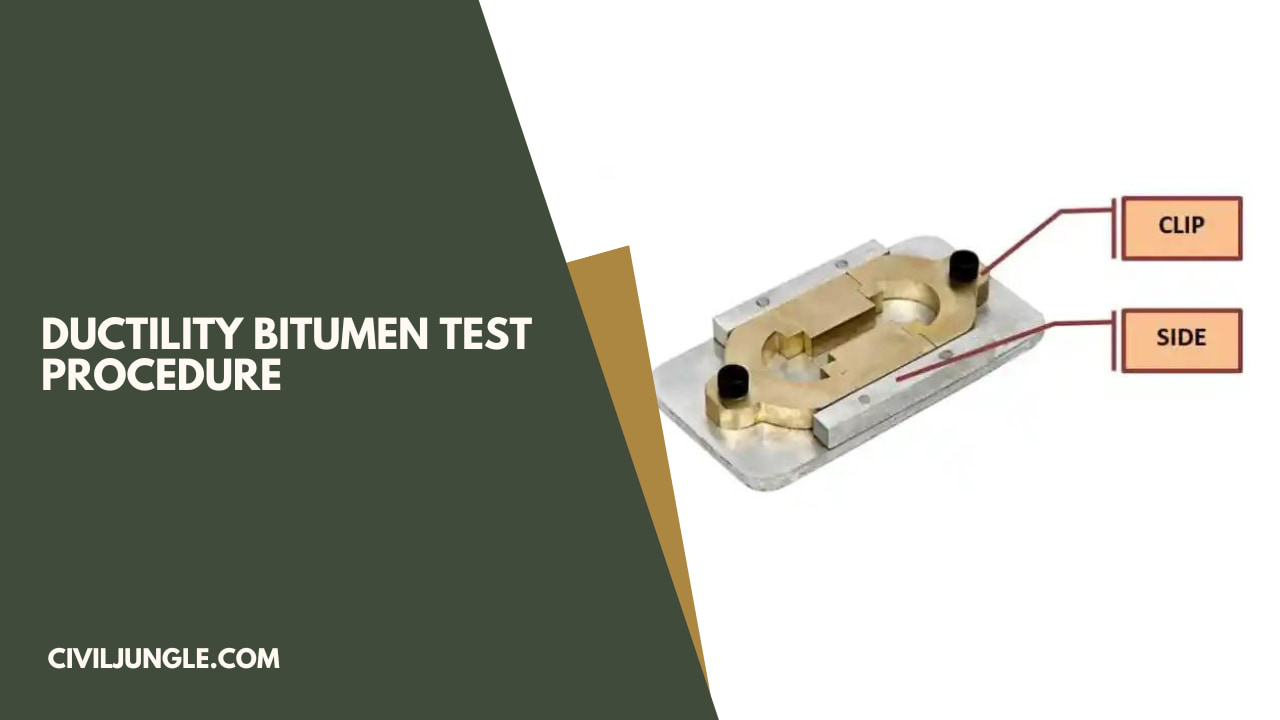






Nice article and I appreciate your work.
King regards,
Abildgaard Raahauge